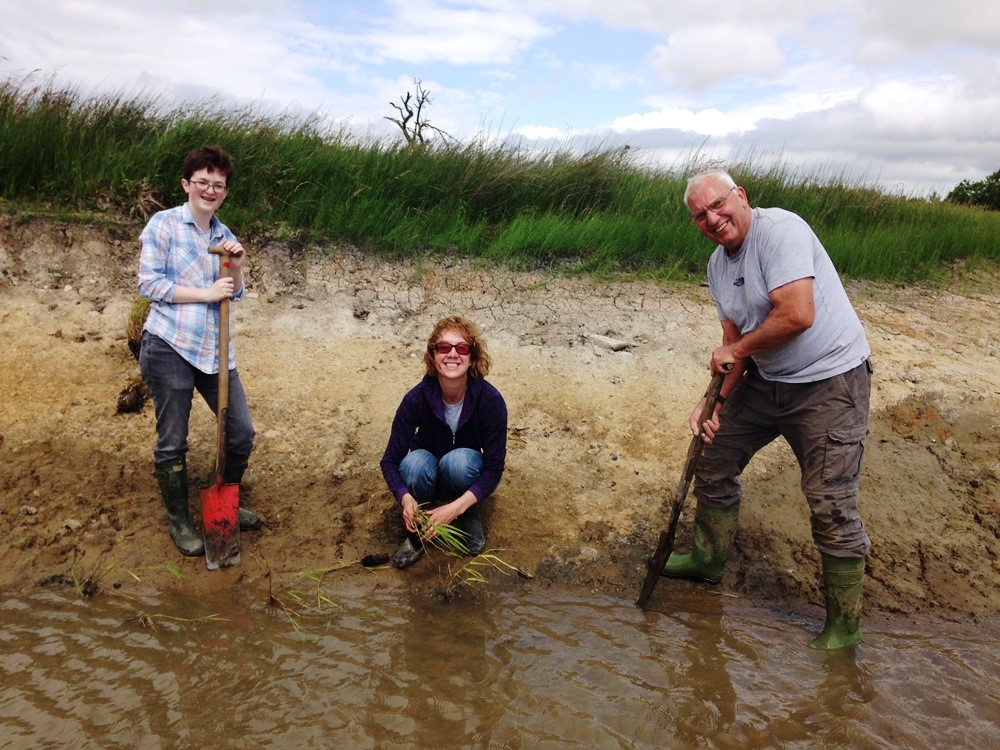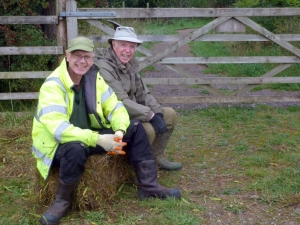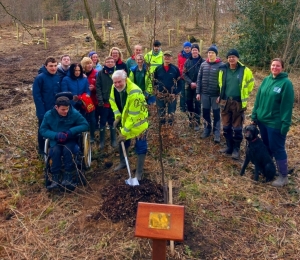Busy in Different Ways
Saturday, June 17th 2017
I don't think that there is ever a quiet day at Foxglove, even in the middle of winter, there is always plenty of work being carried out. The volunteers have, as always, done stirling work around the reserve this week. The net rides have been mowed and/or strimmed and many thanks must go to Peter who has manged to mow around every orchid. All I need to do now is to ensure that the bird ringers don't walk on them! I am sure to be popular as some of these orchids are on direct paths to and from the nets.
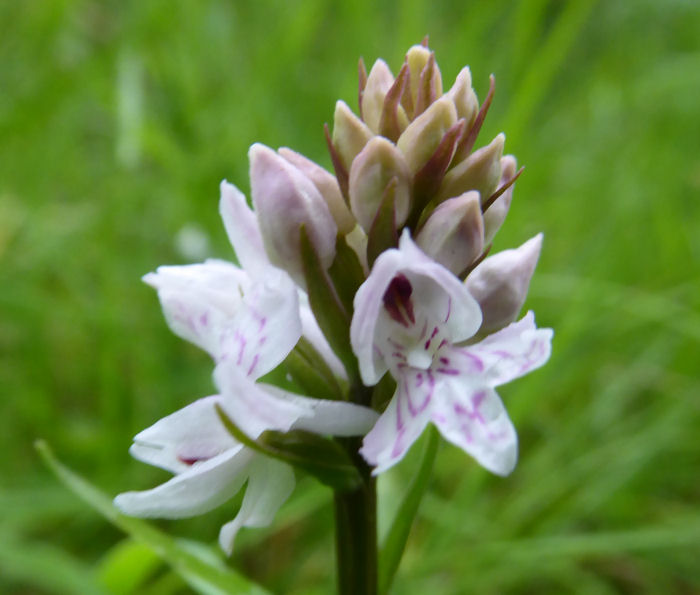
Sometimes work is done 'behind the scenes'. Recently leaflets have been counted, photographs found for the celebration of Foxglove 25, bills paid, nest box data updated, meetings about Foxglove 25 and so the list goes on. A huge thank you to all our volunteers for all the varied work they do.
There are times when we can sneak away and enjoy the results of all the work done. On the wetland, Chris and I were looking for anything that caught our eye, flowers and insects were abundant. Then we spotted this micro moth. It did not conveniently sit on a nice piece of vegetation and nor did it sit still for long, so this is the only photo we were able to get..
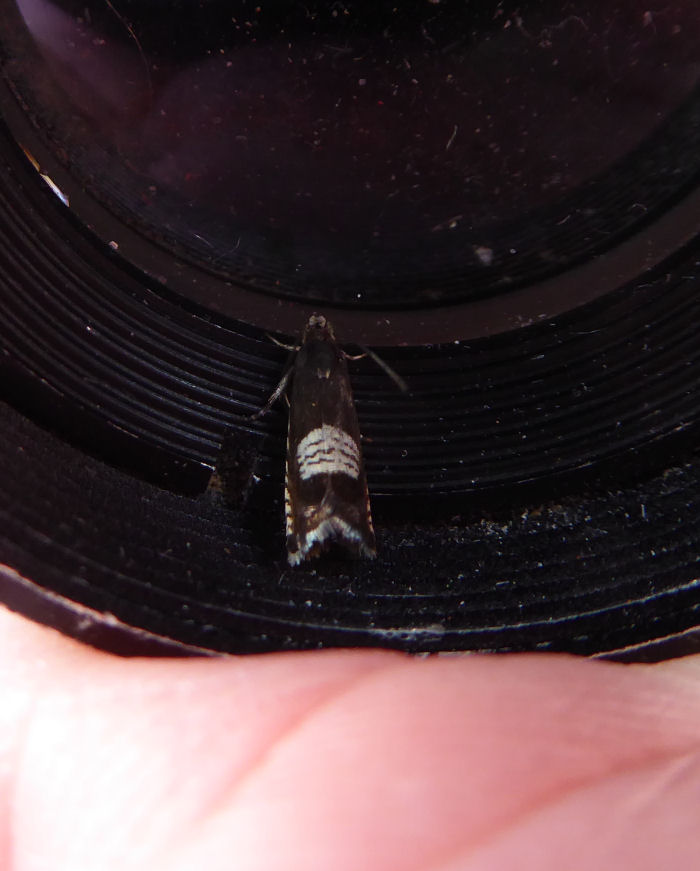
It was sent to Dr Fletcher, the moth recorder for VC65 and he replied that it was the first record for the county and of course a new species record for Foxglove. Grapholita compositella's food plants are clover and Bird's-foot Trefoil. Interestingly the first brood of caterpillars feed in the stems, whilst the second brood are in spun leaves and flower heads.
Chris wanted to see a Four-spotted Chaser, but we only saw one fleetingly. Continued determination found us at the Bullet Catcher pond where we did see one, just.

Walking around the pond to get a better view we spotted a bug! Its antennae almost looked top heavy!

On looking in various insect ID books I found it to be Agapanthia villosoviridescens or its common name is Golden-bloomed Grey Longhorn. A book printed in 2004 indicated that it only lived in Norfolk, but a more recent book had a dot in N Yorks. Call in the expert. Mr Bob Marsh replied, 'In Yorkshire (VCs 61-65) we have a total of 117 records dating from about 2000, when the species first appeared in Yorkshire but so far (not including your record) we have not had it at Foxglove. The nearest in VC65 is Nosterfield SE2779, so yours looks like our most northerly record, at least as far as Yorkshire is concerned.'
So this lovely bug is yet another new record for Foxglove. The adults feed on Cow Parsley, Nettles and Hogweed. The larvae live and feed on various plants including thistles.

Much work is going on now, as the date for the annual visit to Cape Wrath draws ever closer. We have received some photos taken by Tom Dewick. This is a superb photograph of a Black-throated Diver.
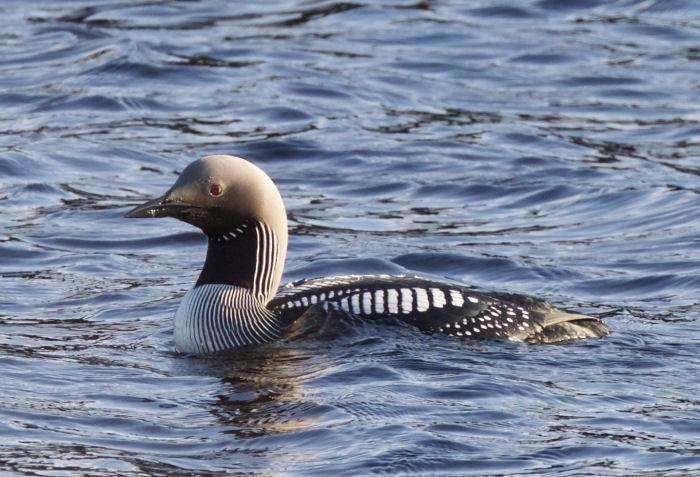
A pair of Sea Eagles were seen over Pavingstone Point.

We are often asked why we ring birds and one of the resons is to find out about the longevity. This photo shows the ring on a Guillemot. It was ringed by Tony on the 29th June 1999, over 17 years old.
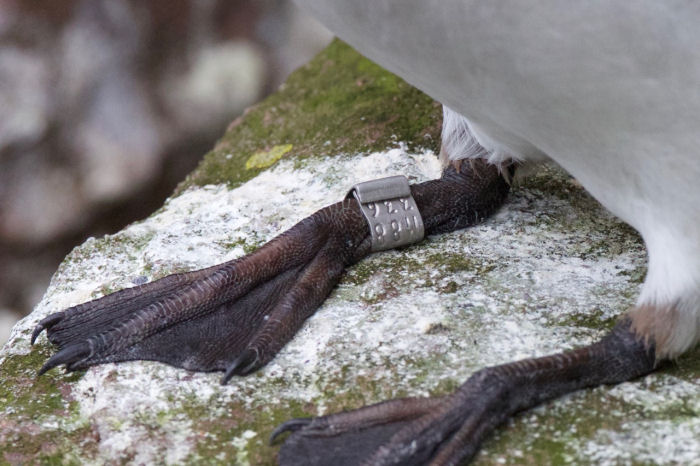
In the next few weeks work will continue towards Cape Wrath and Foxglove 25, as well as the everyday work that is needed at Foxglove.
(0) Comments:
There are no comments for this blog post yet. Why not start the discussion? - use the form below:

